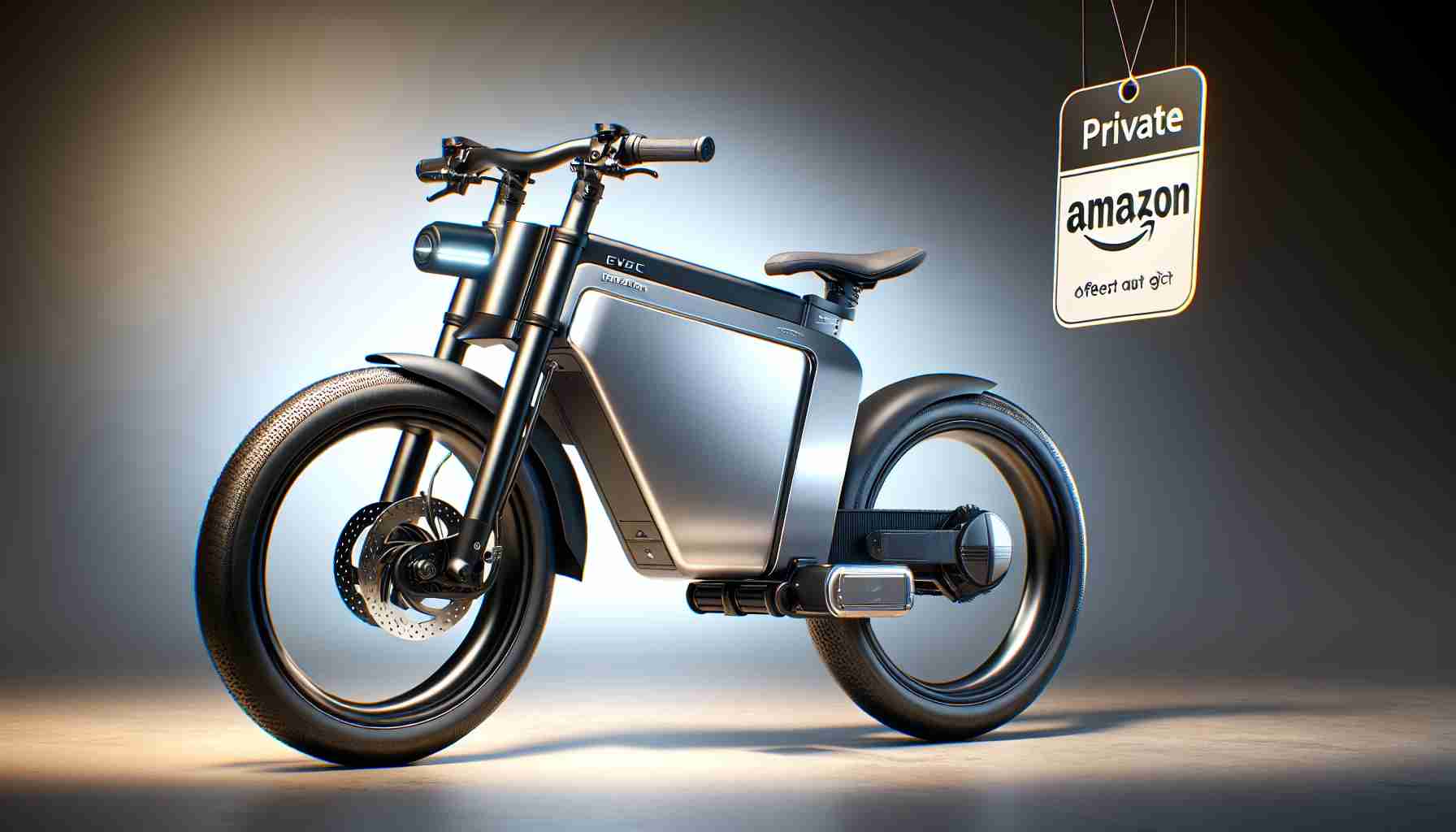SRAM, a well-known manufacturer of bicycle components, has recently filed a patent that unveils an exciting new design for e-bike motors. While the patent primarily focuses on the arrangement and positioning of battery cells, it hints at a departure from the traditional motor design used in their previous models.
One notable aspect of the patent is the incorporation of the battery cells within the motor casing itself, or closely adjacent to it. This innovative placement allows for a significant advantage in terms of weight distribution, particularly for full suspension mountain bikes. By keeping the weight low and centralized, the handling of the bike can be greatly enhanced.
Moreover, the patent reveals a unique charging method for the battery. Users will have the convenience of being able to charge the battery through a USB-C power source, which aligns with the trend of standardizing chargers for various electronic devices. This feature not only offers convenience but also allows the battery to be used as a power source for other devices such as smartphones.
Beyond the charging mechanism, what truly sets this design apart is the compact arrangement of the motor unit itself. Unlike the oval-shaped drive units commonly seen in eMTB motors, the SRAM patent showcases a concentric layout, with all the necessary hardware situated around the bottom bracket. Although details about the internal configuration are not disclosed, it is evident that the design is cylindrical and considerably more compact than their previous models.
While SRAM has previously relied on Brose technology for their e-bike motors, this patent suggests that they are actively exploring their own unique design. It is possible that this patent provides an early glimpse into the development of a future motor system by SRAM.
While no official confirmation or specifics have been released by SRAM, it is exciting to anticipate the potential launch of a more compact and lightweight motor in the coming years. This new design could offer a different power output, potentially in the range of 50-60 Nm, compared to their previous 90 Nm Powertrain motor.
Although SRAM declined to comment on the patent application, this new development signifies their commitment to innovation and enhancing the riding experience for e-bike enthusiasts. As the industry continues to evolve, riders can look forward to exciting advancements in e-bike motor technology.
The e-bike industry has been experiencing significant growth in recent years, and the patent filed by SRAM for their new motor design further highlights the industry’s commitment to innovation. According to market forecasts, the global e-bike market is expected to reach a value of over $38 billion by 2025, with a compound annual growth rate of 9.01% during the forecast period (source: MarketsandMarkets).
One of the key issues in the e-bike industry is the weight distribution of the motor and battery. Traditionally, e-bike motors have been bulky and heavy, affecting the overall balance and handling of the bike. However, SRAM’s new motor design addresses this issue by incorporating the battery cells within the motor casing or closely adjacent to it. This innovative placement allows for better weight distribution, particularly for full suspension mountain bikes, resulting in improved handling and performance.
Another issue in the e-bike industry is the charging method for the battery. With the increasing trend of standardizing chargers for various electronic devices, SRAM’s patent reveals a convenient charging method using a USB-C power source. This not only provides ease of charging but also allows the battery to be used as a power source for other devices such as smartphones.
The SRAM patent also introduces a more compact and lightweight motor design compared to their previous models. The concentric arrangement of the motor unit around the bottom bracket, as showcased in the patent, offers a smaller and cylindrical design. While specific details about the internal configuration are not disclosed, this design indicates a departure from the oval-shaped drive units commonly seen in eMTB motors. This compact layout opens up possibilities for new power output ranges and potentially enhanced performance in future SRAM motor systems.
While SRAM has previously relied on Brose technology for their e-bike motors, the patent suggests that they are actively exploring their own unique design. This indicates SRAM’s commitment to pushing the boundaries of e-bike motor technology and developing their own motor system.
As the e-bike industry continues to evolve, riders can anticipate exciting advancements in motor technology. SRAM’s patent provides a glimpse into the potential launch of a more compact and lightweight motor in the coming years, which could further enhance the riding experience for e-bike enthusiasts. With a shift towards innovation and improving the performance of e-bikes, the industry is poised for continued growth and exciting developments.
For more information on the e-bike industry, market forecasts, and related topics, you can visit MarketsandMarkets.







